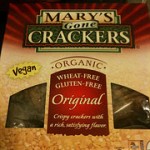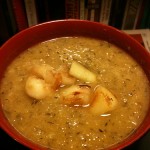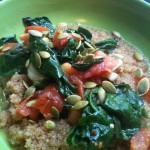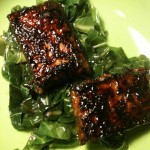Now, users’ off-Facebook activities are basically part of the Facebook ecosystem thanks to “Likes” published all over the Web. If you click the Facebook Like button on any given site, that data is transmitted to your own Facebook profile and can be promoted by marketers in ads to your friends.
This is getting ridiculous. You’d think they have learned from the Beacon lawsuit. Ever since FB linked “likes” to specific pages, I’ve been careful to only include those things I “like” that I trust; usually this means I know the people behind it or I trust the organization. But now, this means they’re using my “likes” to market those things to my friends? That’s awful. I would never want to market things to my friends, unless it was something I felt very strongly about.
Hmm… maybe it’s time to only include things in my “likes” that I think are worthy of telling all my friends about. This is completely changing the meaning of the word “like” for me.
Now it should be “Like and want you to like it too.”
LAME.




